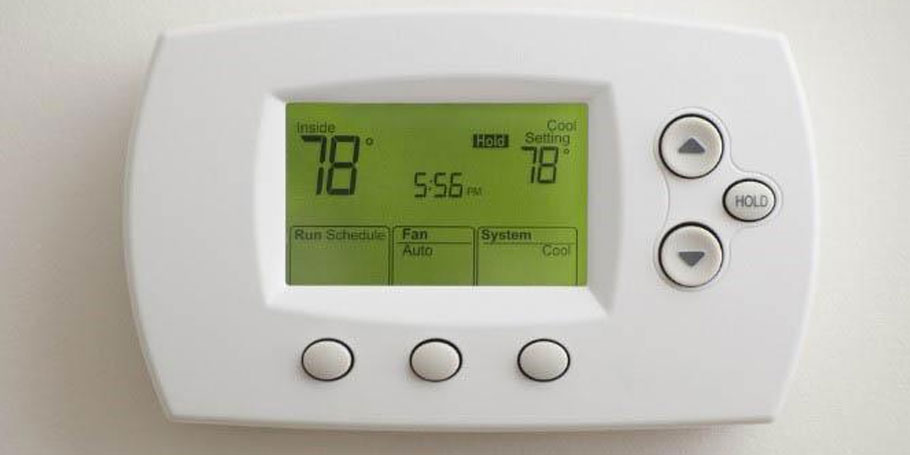When the sweltering summer heat arrives, one of the most crucial aspects of home comfort becomes the air conditioning (AC) system. But setting your thermostat isn’t just about staying cool; it’s also about optimizing energy efficiency and maintaining a balanced indoor climate. So, what is the recommended temperature for home AC in the summer? Let’s dive into the details.
The Recommended Temperature
The U.S. Department of Energy suggests setting your home air conditioner to 78°F (25.5°C) when you are home and need cooling. This temperature is a sweet spot that balances comfort with energy efficiency.
When you’re away from home, it’s advisable to increase the thermostat setting by 7 to 10 degrees, making it around 85°F (29.4°C) or higher. This adjustment helps save energy since cooling an empty house is unnecessary.
Why 78°F?
- Energy Efficiency: At 78°F, your air conditioner will not have to work as hard as it would at lower temperatures, reducing energy consumption. This can lead to significant savings on your electricity bill.
- Comfort: Most people find 78°F comfortable, especially when using fans to help circulate cool air. Fans use far less energy and can make a room feel cooler by about 4 degrees.
- Health: Extremely low indoor temperatures can lead to respiratory issues and exacerbate conditions such as arthritis. A moderate temperature like 78°F is less likely to cause these problems.
Tips for Maximizing AC Efficiency
- Use Programmable Thermostats: Programmable thermostats can automatically adjust the temperature based on your schedule. This ensures that your home is cool when you need it to be and more energy-efficient when you don’t.
- Ceiling Fans: Use ceiling fans to help distribute cool air more evenly throughout your home. This allows you to feel cooler without setting your AC to a lower temperature.
- Regular Maintenance: Ensure your AC unit is well-maintained. Clean filters, unobstructed vents, and regular professional check-ups can keep your system running efficiently.
- Seal Leaks: Make sure your home is well-insulated. Seal any leaks around windows and doors to prevent cool air from escaping and hot air from entering.
- Window Treatments: Use blinds, curtains, or shades to block out the sun during the hottest part of the day. This reduces the load on your AC.
Adjusting for Personal Comfort
While 78°F is a recommended starting point, personal comfort varies. Some people may find this temperature too warm or too cool. It’s important to find a balance that works for you and your family. You can make small adjustments and observe how they affect your comfort and energy bills.
Conclusion
Setting your home AC to 78°F in the summer is a guideline aimed at optimizing comfort and energy efficiency. By implementing a few supportive measures, you can maintain a cool, comfortable home environment without overburdening your air conditioning system or your wallet. Remember, every degree you raise the thermostat can save you about 3-5% on your air conditioning costs, so finding that perfect balance is well worth the effort.
Stay cool and energy-savvy this summer!

